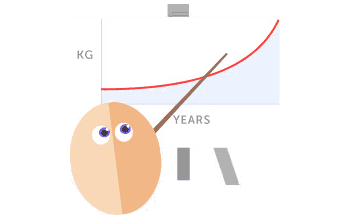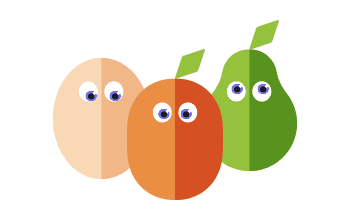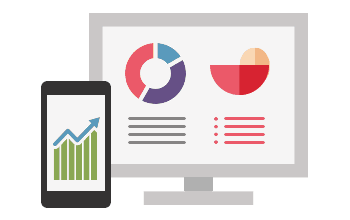the mean of the 25 lowest losers is 0.63 kg and that of the 25 biggest losers is 4.49 kg. Variance 0.4 and 1.4 resp. The difference in the groups is statistically significant P<0.001 

Log in to view your messages, post comments, update your blog or tracker.

PhilT wrote: the mean of the 25 lowest losers is 0.63 kg and that of the 25 biggest losers is 4.49 kg. Variance 0.4 and 1.4 resp. The difference in the groups is statistically significant P<0.001
PhilT wrote: The t-test says they're two populations, as the mean is statistically different, so does the skew matter ? The probability was 10E-7 or something
carorees wrote: As far as analysing the output from the questionnaire we need to think about the best way of comparing the two groups considering the sample size is still fairly small.
Coffecat wrote: If possible, aim for binary coding of the variables, otherwise you get even smaller subgroups and lose statistical power (use Kruskal-Wallis in that case).
To this end can all who wish to contribute to questionnaire and stats methodology please check out the proposed questionnaire: http://dl.dropbox.com/u/32116230/52fast ... naire.docx
| Similar Topics |
|---|
Users browsing this forum: No registered users and 1 guest
Be healthier. Lose weight. Eat the foods you love, most of the time.

LEARN ABOUT FASTING
We've got loads of info about intermittent fasting, written in a way
which is easy to understand. Whether you're wondering about side effects or why the scales aren't budging, we've got all you need to know.
 ASK QUESTIONS & GET SUPPORT
ASK QUESTIONS & GET SUPPORT FREE 5:2 DIET PROGRESS TRACKER & BLOG
FREE 5:2 DIET PROGRESS TRACKER & BLOG